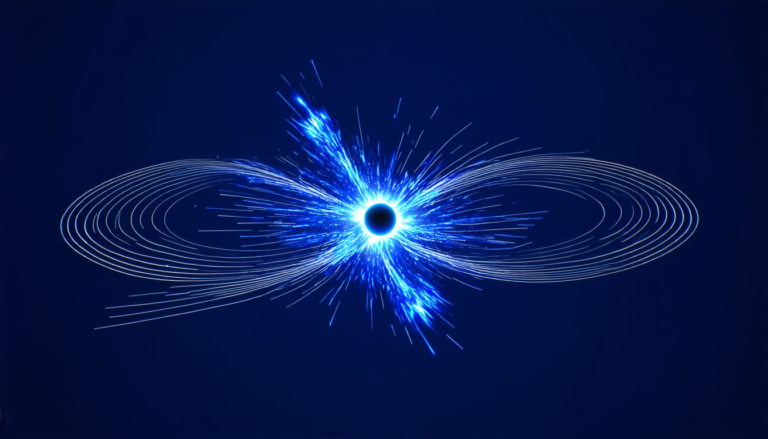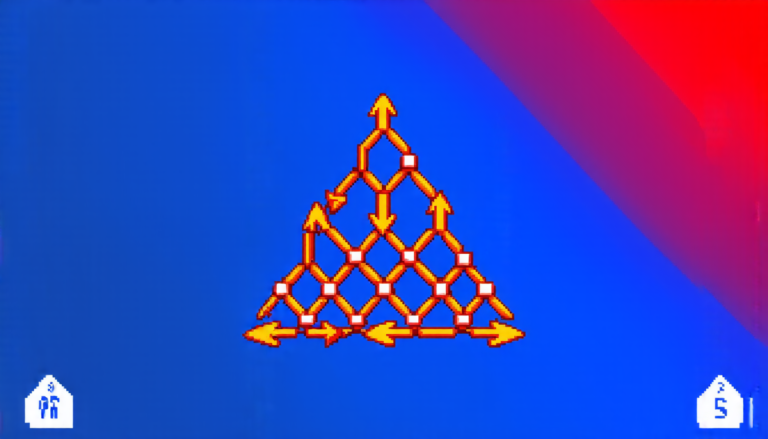Tuesday 20 May 2025
A team of astronomers has made a fascinating discovery about the composition of complex organic molecules in a distant star system. By analyzing data collected by the Atacama Large Millimeter/submillimeter Array (ALMA), scientists have found evidence that these molecules, known as COMs, are inherited from the interstellar medium and survive the early stages of planet formation.
COMs are crucial building blocks of life, and studying them can provide valuable insights into the origins of our universe. In the past, researchers have struggled to detect COMs in young star systems because they are easily destroyed by radiation and heat. However, ALMA’s advanced technology has enabled scientists to pinpoint these molecules with unprecedented precision.
The team focused on a star system called HD 100453, which is about 300 light-years from Earth. By examining the chemical makeup of this system, they found that COMs were present in abundance, particularly in the disk surrounding the young star. These molecules are thought to originate from icy particles that formed in the interstellar medium before being incorporated into the star’s planetary material.
One of the most significant findings was the detection of 13CH3OH, a variant of methanol with an enhanced carbon-13 isotope. This suggests that COMs inherited from the interstellar medium have retained their original isotopic signature, which could provide clues about the early universe’s chemistry and evolution.
The presence of COMs in HD 100453 also implies that the conditions for life to emerge may be more common than previously thought. Since these molecules can survive the harsh environments around young stars, they could potentially seed the development of life on planets that form later.
This discovery has significant implications for our understanding of astrobiology and the search for extraterrestrial life. It highlights the importance of studying COMs in various star systems to gain a deeper understanding of their role in planet formation and the origins of life.
In addition, the ALMA data revealed other interesting features about HD 100453. The team detected a ring of thermally sublimating ices at the inner edge of the disk, which is likely responsible for the observed COM emission. This finding provides valuable insights into the physical processes shaping the star’s environment and the formation of planets.
As scientists continue to explore the universe with advanced telescopes like ALMA, we can expect many more exciting discoveries about the composition of distant star systems and the origins of life.
Cite this article: “Astronomers Uncover Secrets of Organic Molecules in Distant Star System”, The Science Archive, 2025.
Organic Molecules, Astrobiology, Alma, Interstellar Medium, Star System, Planet Formation, Life Origins, Carbon Isotopes, Methanol, Extraterrestrial Life







